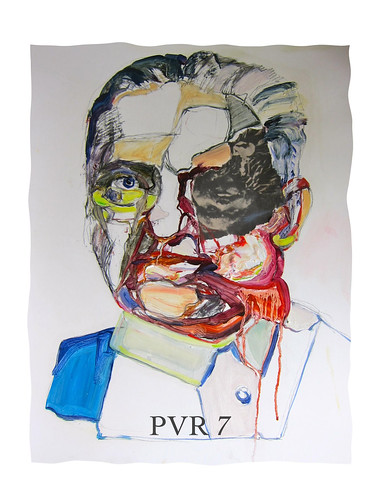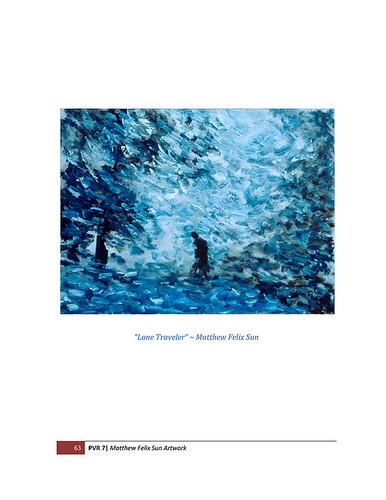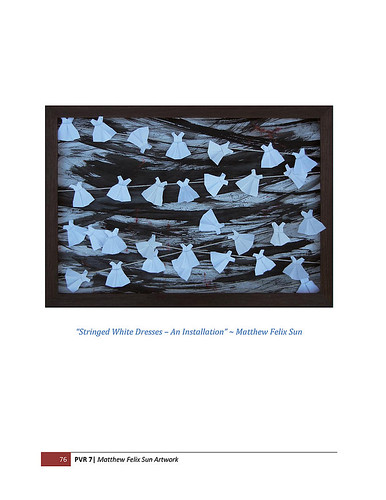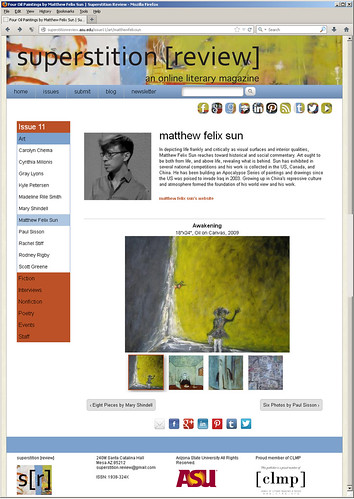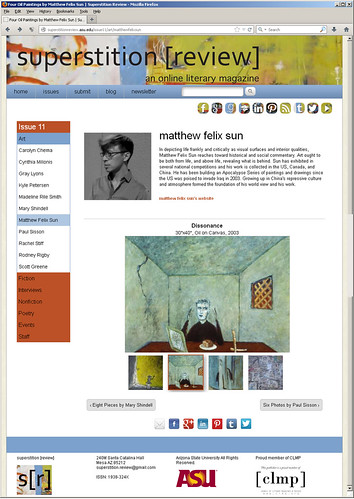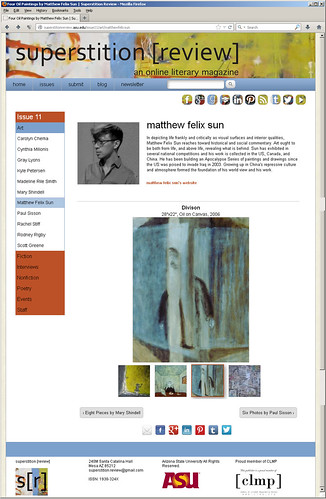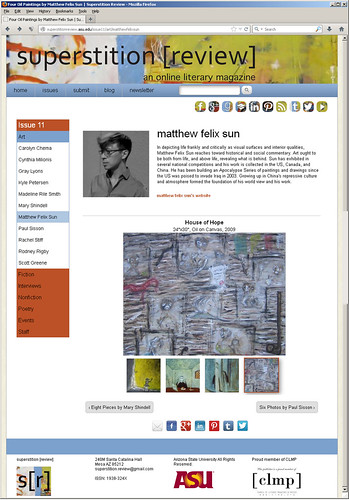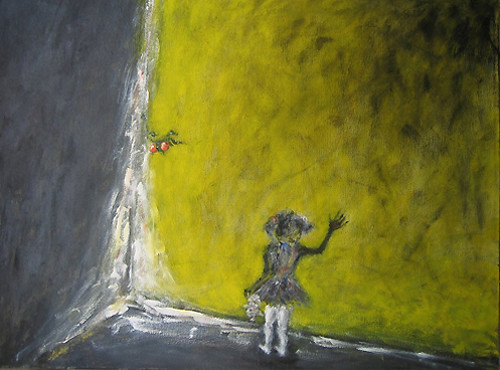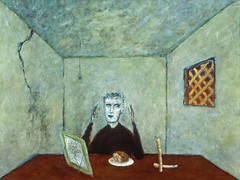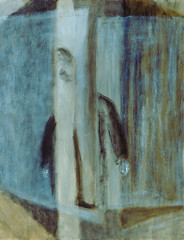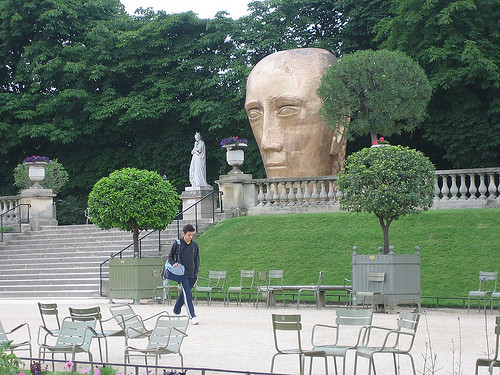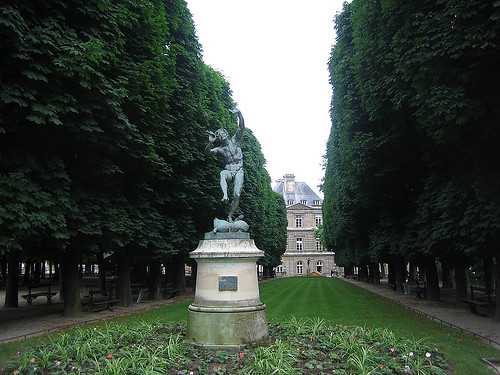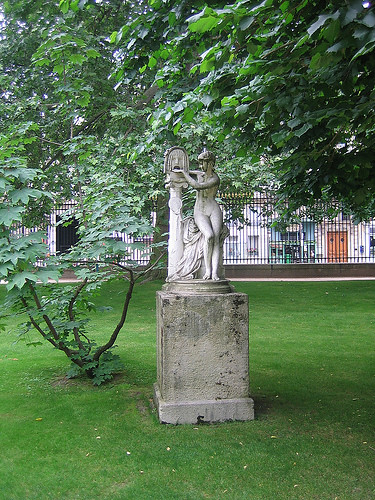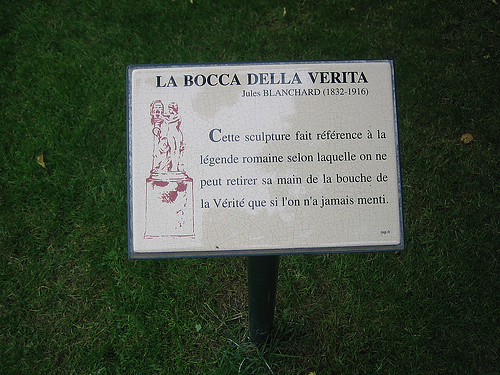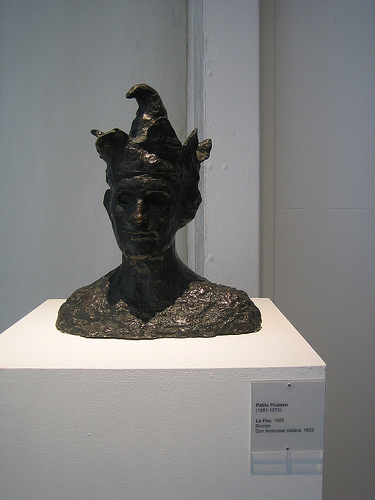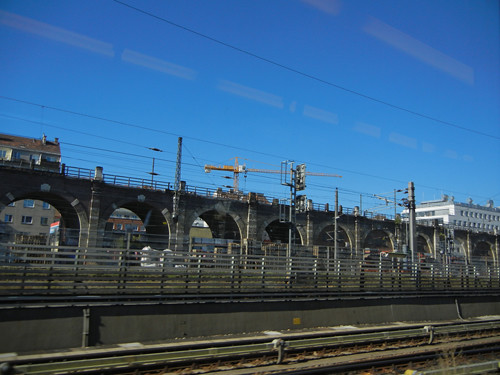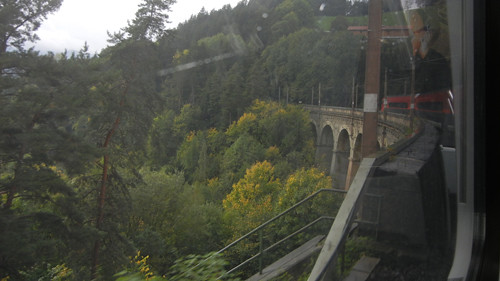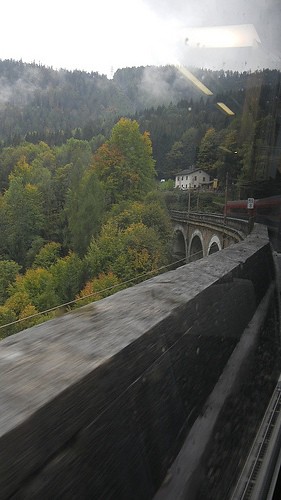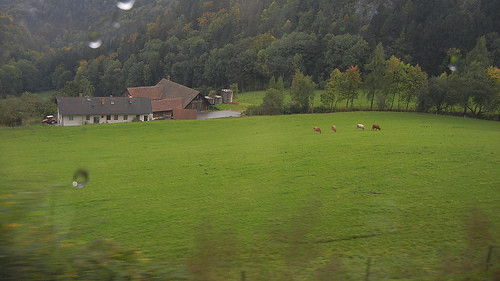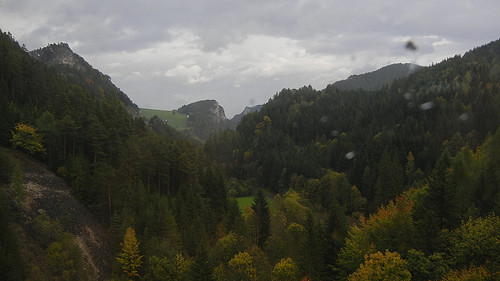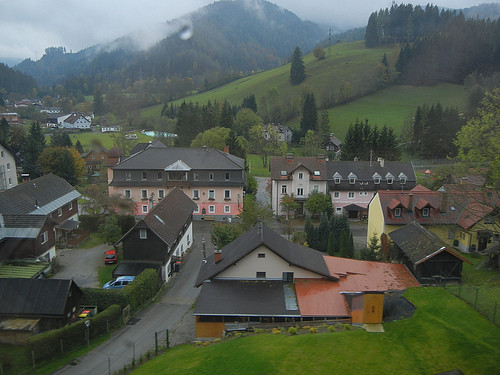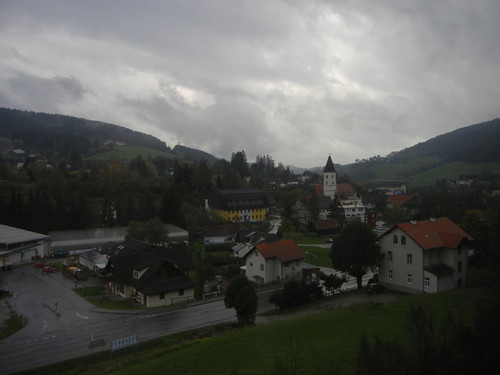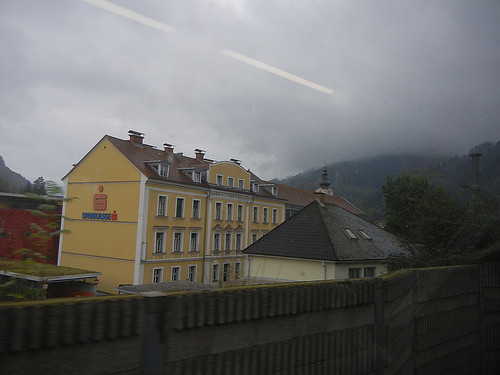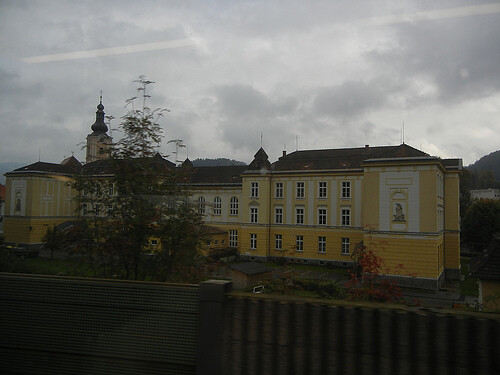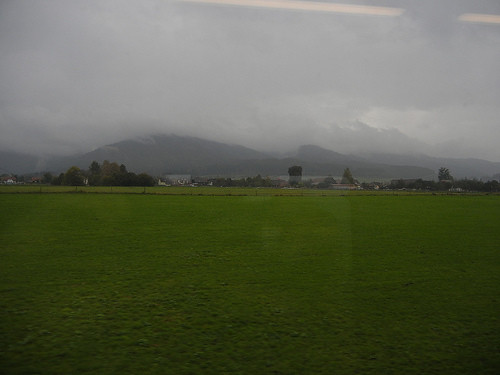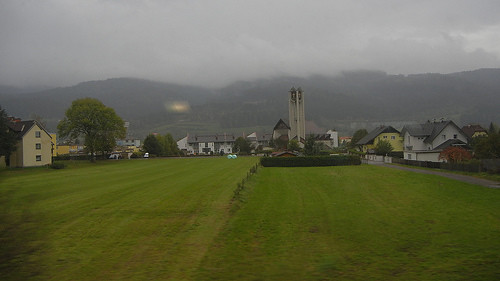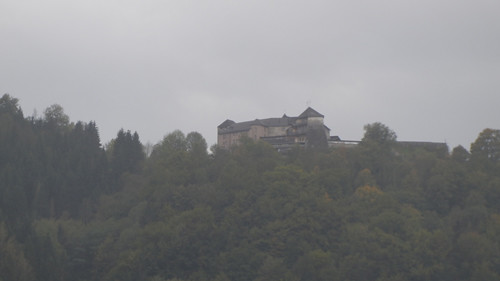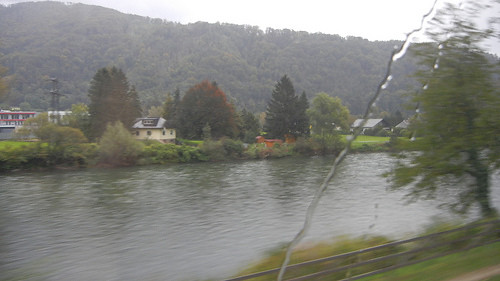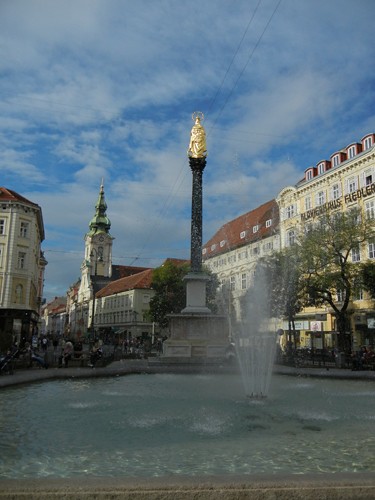 Herrengasse, Graz
Last October, I returned to Vienna and Venice, and explored the new
territories of Graz in Austria, Bologna and Ferrara in Italy. Graz, second largest city in Austria, the capital of Styria (Steiermark), was a lovely Renaissance city, and its city center and nearby Schloss Eggenberg are listed as the World Cultural Heritage Sites
Herrengasse, Graz
Last October, I returned to Vienna and Venice, and explored the new
territories of Graz in Austria, Bologna and Ferrara in Italy. Graz, second largest city in Austria, the capital of Styria (Steiermark), was a lovely Renaissance city, and its city center and nearby Schloss Eggenberg are listed as the World Cultural Heritage Sites by UNESCO. It had a rapid river Mur and an imposing hill which sat squarely in the center of the city. It was supremely clean and well kept and I very much enjoyed my short three-day stay there and managed to visited several museums, palaces, cathedrals, ruins, a university and some ancient squares and boulevards and alleys.
But it was achieved not without challenge. The biggest one turned out to be finding entrance, and at the end, the exit to this city, a city apparently loved to play tricks on its visitors. In the end, I give it a marketing tagline -
Graz - die Stadt ohne Eingang, und Ausgang, or Graz - the City Without Entrance, and Exit.
After we had settled in our hotel, we took a walk and saw the fascinating sculpture outside the Graz Opera House - there was only Puccini's
Manon Lescaut being performed during our visit, so we gave it a pass.
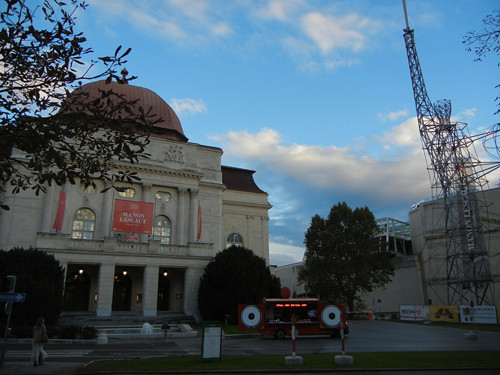 Grazer Oper
Grazer Oper
Next morning, our entrance challenge began. First, we had trouble in finding the Burg itself let alone the Zwillingswendeltreppe (Double Staircase) inside the compound. When we finally located the complex, we couldn't find the hidden treasure - a double staircase spiraling ups and downs in parallel or converged like DNA, designed by the
Habsburg Kaiser Maximillian I. After some inquiry, the impatient staff pointed at a hidden corner of a building deep inside the courtyard and only after we had peeped inside the building, did we see the staircase. When we left the compound, we witnessed the poor staff giving directions to more visitors. There was a direction sign of the site, nailed next to the entrance to the Double Staircase, hidden by a large tree.
 Zwillingswendeltrepp, Burg
Zwillingswendeltrepp, Burg
We didn't have trouble in finding the cathedral (Dom) itself - we saw it from our hotel window (below), but we could not find the entrance to the imposing cathedral, despite the fact that the Dom had many doors. We pushed many of them and none of them yielded. After our visiting its annex, Ferdinand II.'s Mausoleum, we walked round it again and again, and accidentally, one of those almost identical and unmarked doors opened noiselessly.
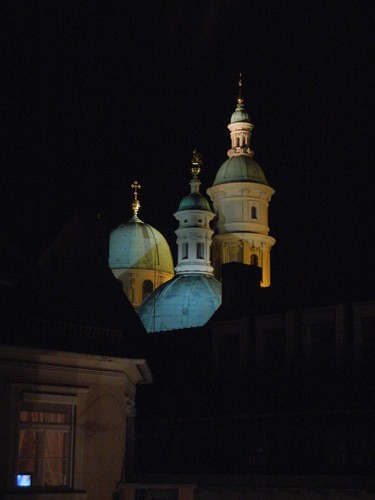 Dom, Graz
Dom, Graz
 Dom, Graz
Dom, Graz
 Kaiser Ferdinand II. Mausoleum
Kaiser Ferdinand II. Mausoleum
Then, there were closed sites, scheduled or unexpected. We knew before our visit that we couldn't go in the excellent museum inside Schloss Eggenberg, but even the scheduled open State Room inside the Schloss was unexpectedly closed, we learned upon arrival after 20-30 minutes tram ride. However, we were able to visit the ground and the building itself, including the courtyard and corridors, which were very unique and definitely deserved its status of UNESCO's World Heritage Site. We were also able to peep into the State Room and a museum room with a lovely triptych.
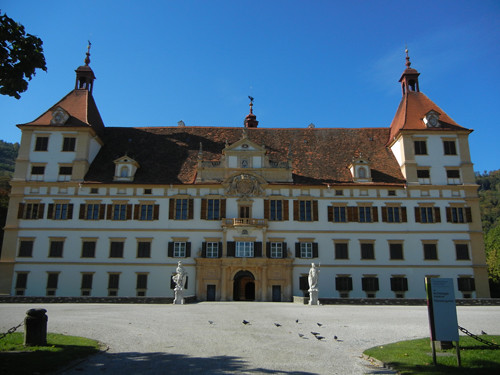 Schloss Eggenberg, Graz
Schloss Eggenberg, Graz
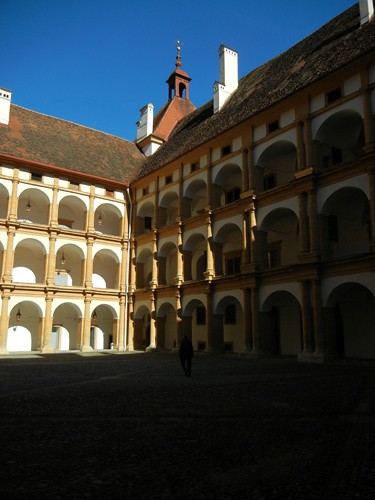 Schloss Eggenberg, Graz
Schloss Eggenberg, Graz
 Triptych in Schloss Eggenberg, Graz
Triptych in Schloss Eggenberg, Graz
Naturally, our visit to Graz did not contain only curtained gratification. There were several more museums in Graz and some of them are fantastically modern, even in this well-preserved ancient city, they did not look out of place. The best is the Kunsthaus (Art Haus), which showcased modern art. Like the famous Paris
Centre Pompidou, Paris, the building itself was far more interesting than its collections. Its morphing patterned lights at night were very attractive and hypnotic.
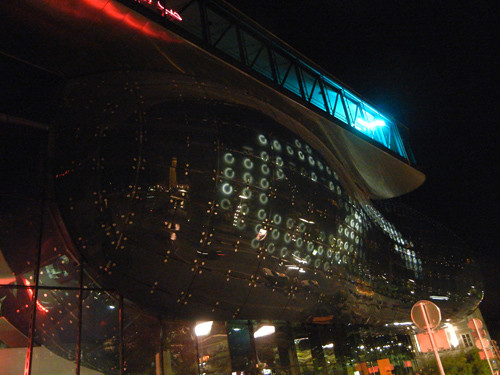 Kunsthaus, Graz
Kunsthaus, Graz
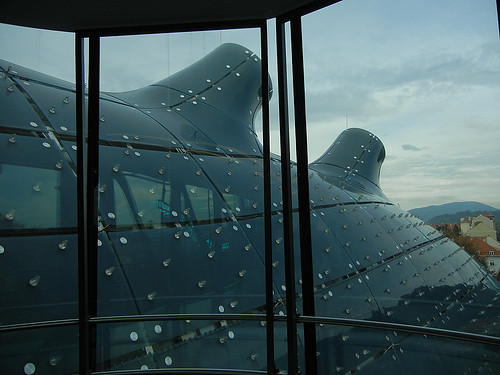 Kunsthaus, Graz
Kunsthaus, Graz
Another futuristic structure nearby was the
Murinsel (Mur Island), which was actually not an island at all, but an artificial floating platform in the middle of the Mur river, designed by New York artist Vito Acconci on the occasion of Graz becoming the 2003 European Capital of Culture.
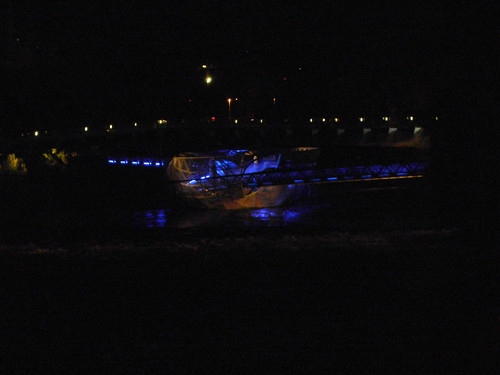 Murinsel (Mur Insland)
Murinsel (Mur Insland)
One more fantastic museum was Neue Galerie (New Gallery), which had inverted towers leading people to the underground entrance, or just peeping holes, and were artworks in their own rights and the whole building looked particularly wonderful at night when those inverted towers were illuminated with pale greenish-blue light. It was in this building, once again, I felt that Graz earned its name the city without entrance. I tried many times to enter a restroom but the door seemed always locked. I waited for a long time and no one ever came out of it. Finally, I gave the door a gentle pull and it opened. I didn't expect that the door would open outwards into a very narrow hallway.
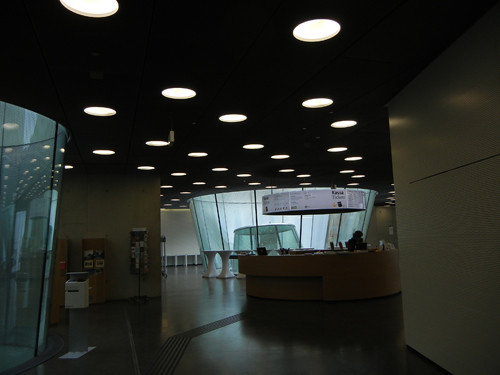 Neue Galerie, Graz
Neue Galerie, Graz
Besides the building itself, this museum had many wonderful modern paintings, older than those in Kunsthaus, mostly in the period of Egon Schiele, as the one below:
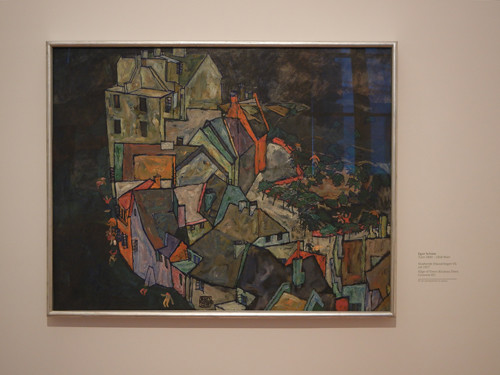 Stadtende (Häuserbogen III), um 1917, Egon Schiele, Neue Galerie, Graz
Stadtende (Häuserbogen III), um 1917, Egon Schiele, Neue Galerie, Graz
The Schloßberg, sitting in the middle of the otherwise flat city, used to have a palace but it was destroyed by Napoleon's army. Now, only some ruins and a clock tower remained. Graz citizens actually had to ransom the tower. We took the funicular train up the steep hill and enjoyed the great view of the city along the short ride and on top of the hill. There, near the ruins, I also took a picture of a lovely wrought-iron well cover, good enough for a wedding background:
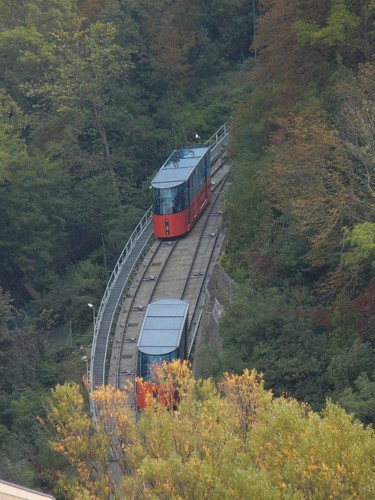 Schloßbergbahn Funicular, Graz
Schloßbergbahn Funicular, Graz
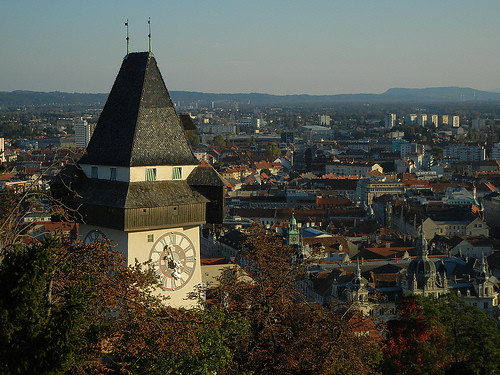 Uhrturm, Schloßberg, Graz
Uhrturm, Schloßberg, Graz
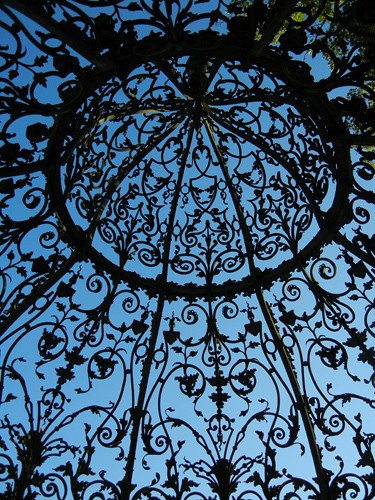 Ornate wrought-iron well cover, Schloßberg, Graz
Ornate wrought-iron well cover, Schloßberg, Graz
It was on our way out, I added the last part to Graz's nickname. We were to take an early morning bus for Klagenfurt, Austria, and transfer there two hours later, then continue to Venice, Italy. After our breakfast in the main train/bus station, Hauptbahnhof, we waited patiently, with several other passengers, at the platform with the sign of "Klagenfurt", for our double-decker bus.
Ten minutes before departure time, a double-decker came but it didn't go to Klagenfurt. Five minutes later, the our bus number started to blink on the electronic schedule board sign inside the bus stop, indicating that the passengers were boarding the bus, but our bus was still no where to be found. I hauled my luggage to the other bus parked nearby and asked the only available personnel, the driver, if he knew where the bus destined for Klagenfurt was, in German, and he directed towards the main entrance to the Hauptbahnhof, again, in German. Had no time to lose, I dragged my luggage and ran through the lot towards the main entrance, waving at other passengers towards that direction.
After navigating some inconvenient maintenance spots, we arrived at the main entrance and lo and behold, our bus driver was loading luggage to the side of our bus. He did check our tickets before loaded our luggage on the bus, but never checked to see who was or not on board.
 Hauptbahnhof, Graz
Hauptbahnhof, Graz
Yes, Graz was lovely to visit. But you have to know your way in, and out, and preferable, in German, or the Austrian way.
Related posts on
Art · 文化 · Kunst:
- Gustav Klimt and Egon Schiele in Wien (Vienna)
-
Magnificent Churches in Vienna
-
Visiting Four Universities in Austria and Italy
-
UNESCO World Heritage Semmering Railway from Vienna to Graz
Label:
Austria,
Austria and Italy Trip 2012
